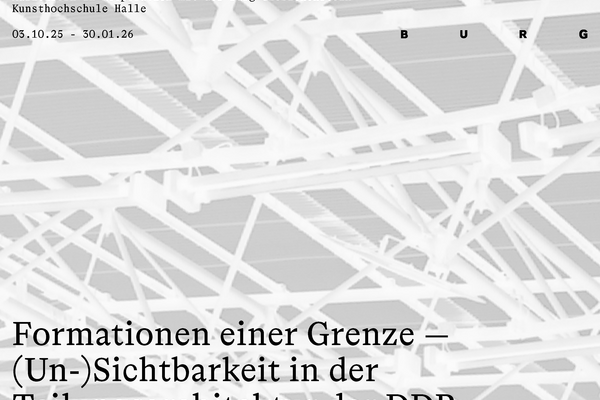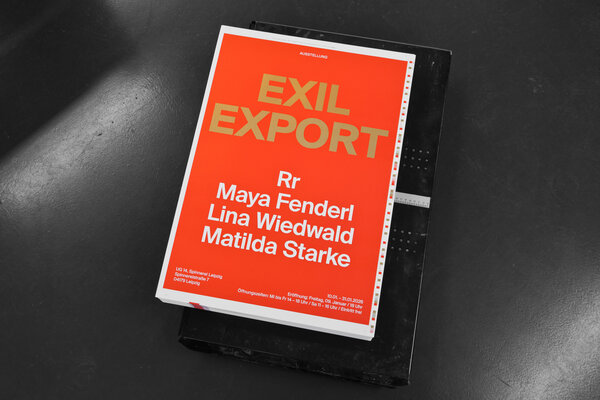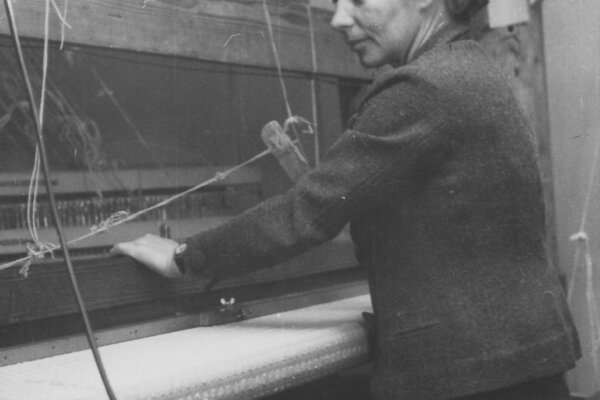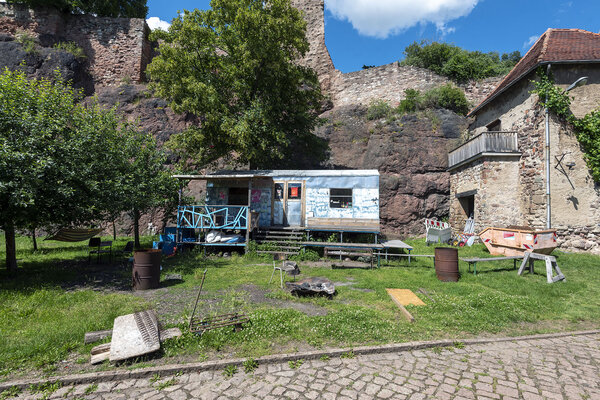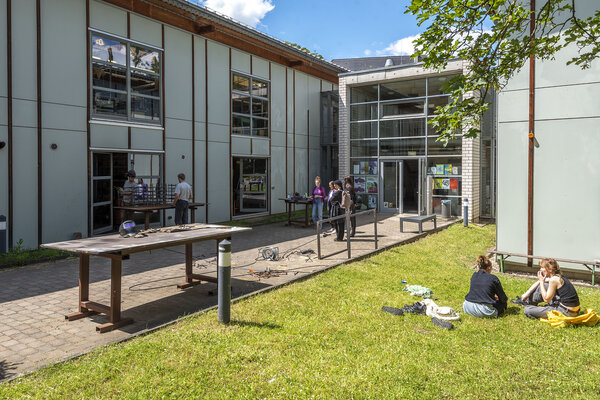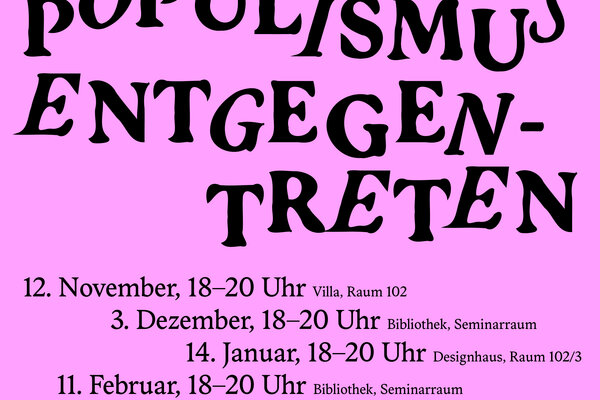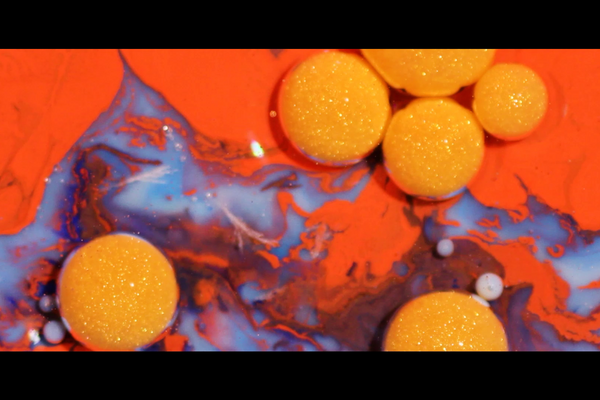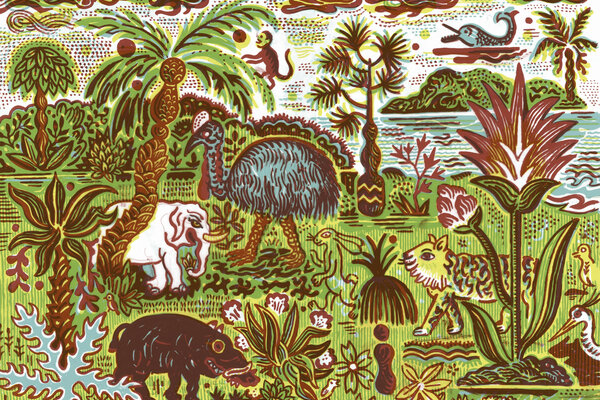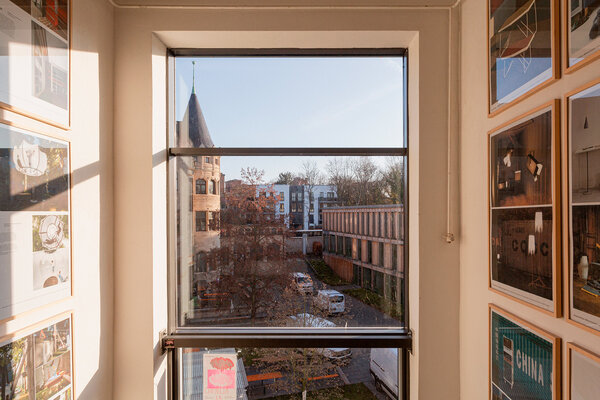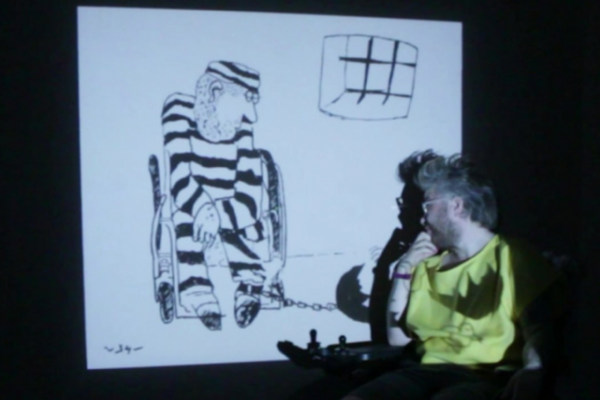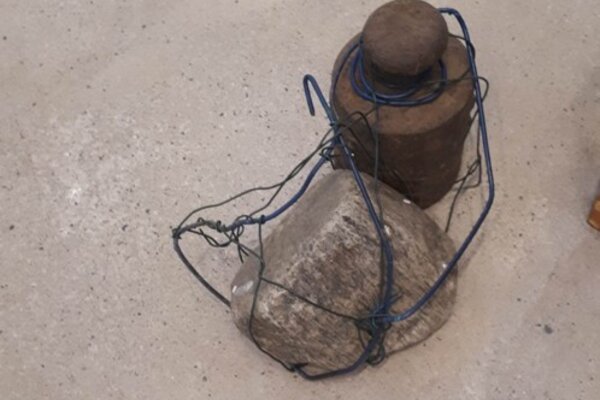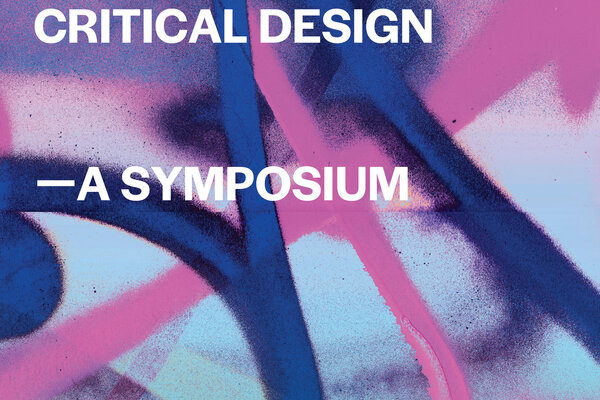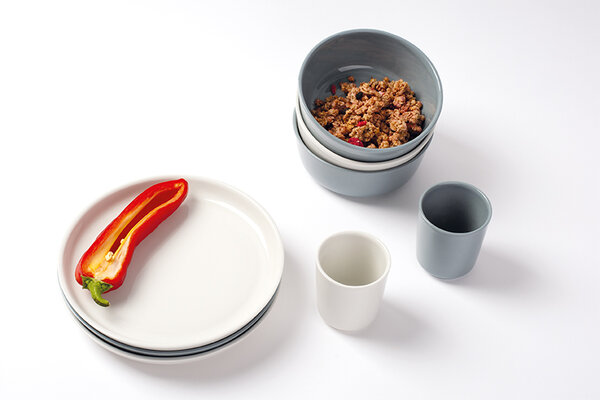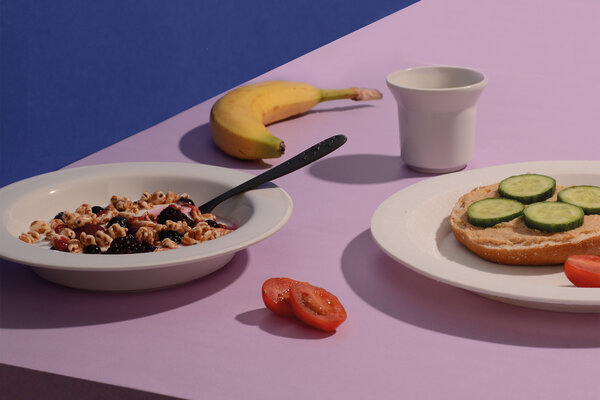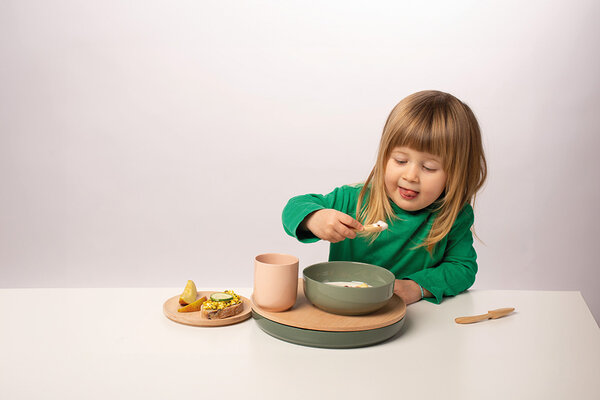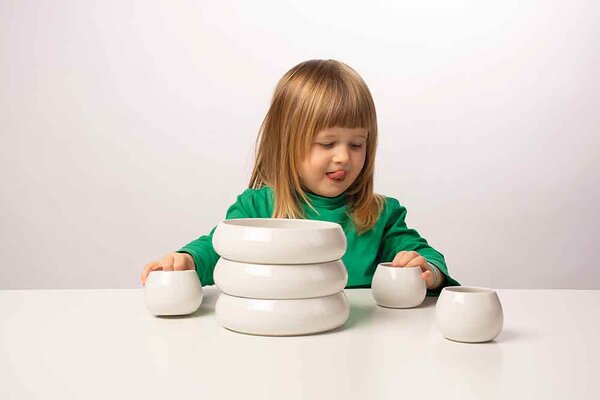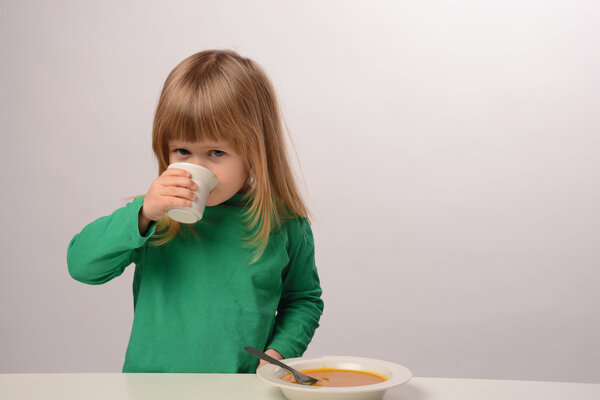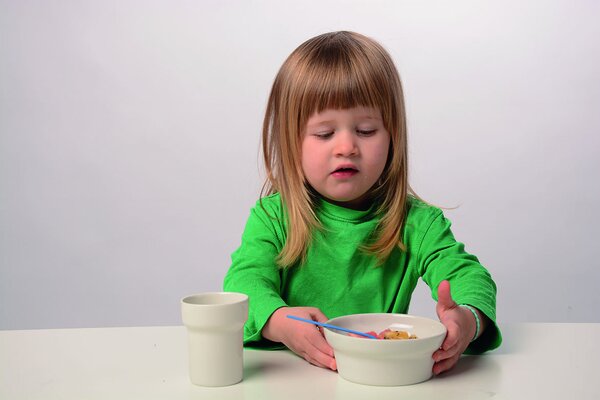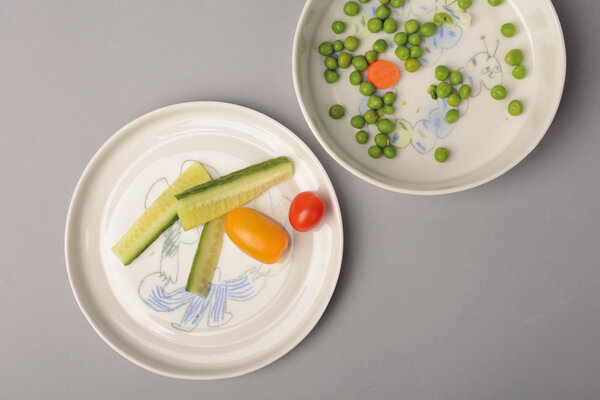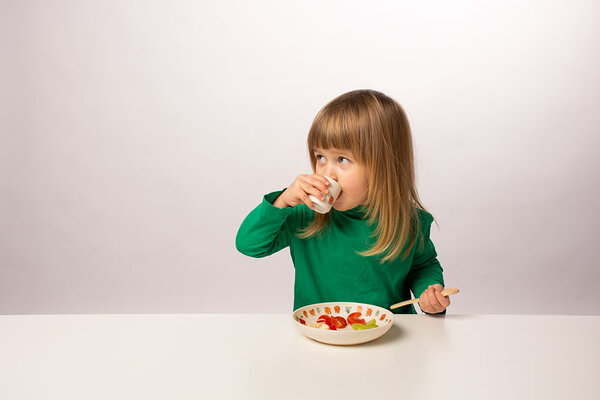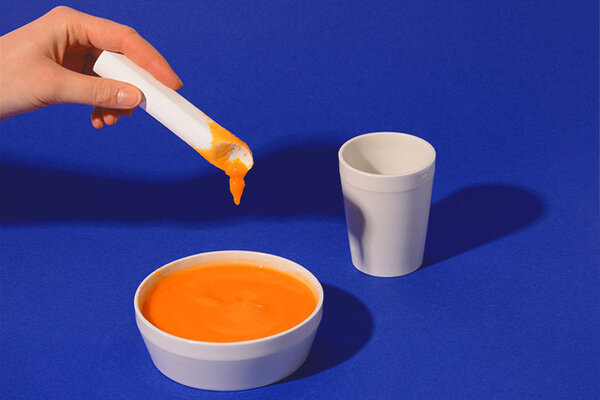Von der Hand in den Mund
Essbesteck und Geschirr für Kinder
Methodische Gestaltungsübung I / WiSe 2023-24
Das Essen: ein ritualisierter Prozess. Die zugehörigen Hilfsmittel: über Jahrhunderte hinweg durch verschiedene Aspekte geprägt und, je nach kulturellem Zusammenhang, anders in Form und Funktion entwickelt. Menschen essen mit den Fingern, mit Stäbchen, mit Löffel, Gabel und Messer. Wir pieksen, löffeln, lecken und schlürfen von Tellern, Schalen und aus Bechern. Gelernt haben wir dies als Kinder – durch Ausprobieren, Nachahmen und ständiges Wiederholen.
Das Projekt »Von der Hand in den Mund« fokussierte das Essverhalten von Kleinkindern – ausgehend von Löffel und Schale als Abbilder der hohlen Hand. Spaß und Freude beim Essen waren elementare Zutaten für das gestalterische Ziel des zweiteiligen Entwurfsprojekts. Im ersten Projektabschnitt wurde das Thema »Esswerkzeuge« in der Studienrichtung Spiel- und Lerndesign bei Prof. Karin Schmidt-Ruhland und Svenja Münster behandelt. Daran schloss sich die zweite Sequenz in der Studienrichtung Produktdesign / Keramik- und Glasdesign an. Als Behältnis für flüssige, breiige und feste Mahlzeiten diente die Schale als zentrales Gestaltungsobjekt. Sie wurde um passende Geschirrteile zu einer formal stringenten und in der Nutzung schlüssigen Produktfamilie ergänzt.
From Hand to Mouth
Cutlery and tableware for children
Eating – a ritualised process. A multitude of aspects have shaped the corresponding utensils over centuries. Form and function evolved in different directions, depending on the cultural context. People eat with their fingers, with chopsticks, with spoons, forks and knives. We prick, spoon, lick and sip from plates, bowls and cups. We learn this as children – through trial and error, imitation and constant repetition.
The project From Hand to Mouth focused on young children’s eating behaviours – the spoon and bowl, replicas of the cupped hand, served as the starting point. Fun and enjoyment whilst eating were the base ingredients for the creative objective of this two-phase design project. In the first project phase, the students explored ‘eating utensils’ with Prof. Karin Schmidt-Ruhland and Svenja Münster in the Play and Learning Design course. The bowl – a container for liquid, mushy and solid meals – acted as the central design object in the second phase in the Product Design and Design of Porcelain, Ceramics and Glass course . The students then supplemented their bowls with matching tableware pieces to create a product family whilst maintaining form and usability coherence.

